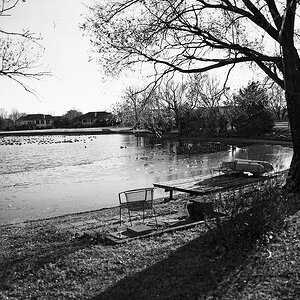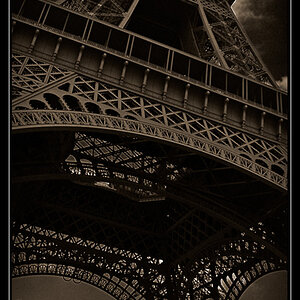james_rp_stone
TPF Noob!
Basiclly i am very interested in sunsets and landscapes, but am new to this so just looking for general critique.
I was trying to take a photo of the bird,with sun shimmering on the sea, now the shot is ok to me, but the bird looks blured slightly, although focus was on the bird.

I was trying to take a photo of the bird,with sun shimmering on the sea, now the shot is ok to me, but the bird looks blured slightly, although focus was on the bird.



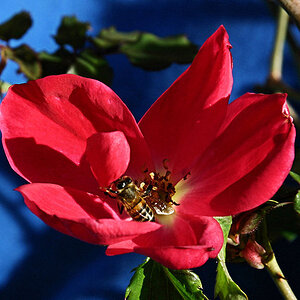

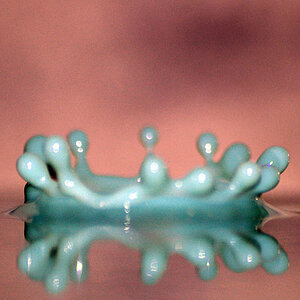
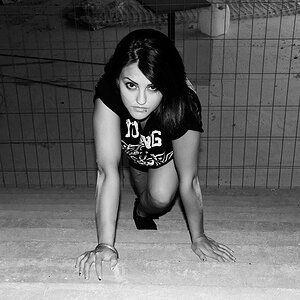
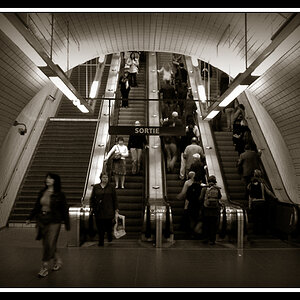

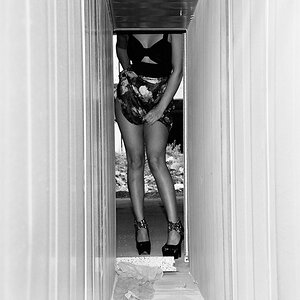
![[No title]](/data/xfmg/thumbnail/37/37245-5f15b292311b21913f10cc41f40682ba.jpg?1619737952)
